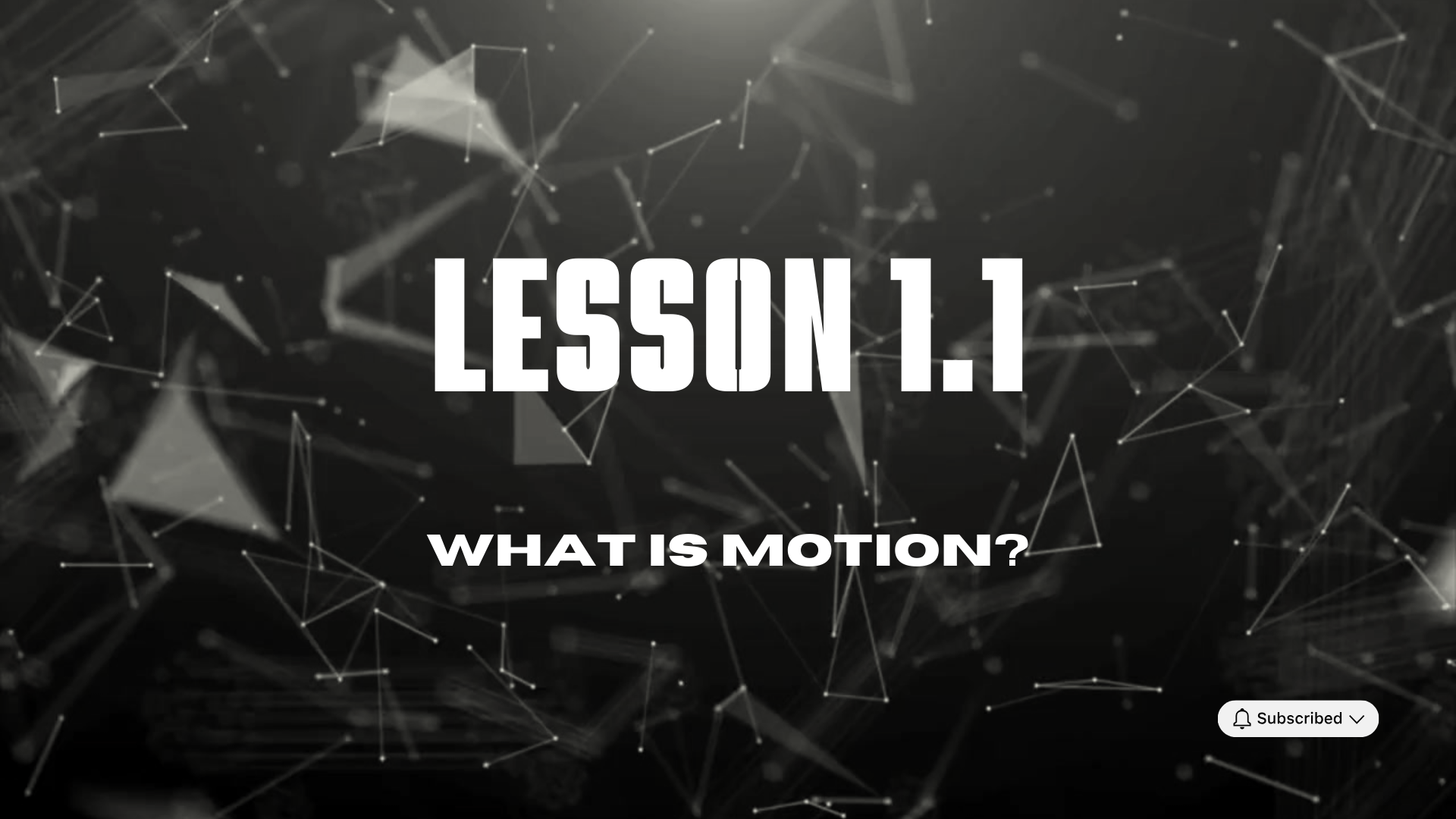
What is Motion?
Motion is the change in position of an object over time. If an object moves from one place to another relative to a reference point, it is said to be in motion.
For example:
- A moving car on a highway is in motion relative to the road.
- A bird flying in the sky changes its position relative to the ground.
- A fan blade spinning moves relative to the fan’s center.
However, motion is always relative. If you are sitting in a moving bus, you are at rest relative to the seat, but you are in motion relative to the trees outside.
Reference Point and Frame of Reference
A reference point is a fixed place or object used to determine if another object is in motion.
Examples of Reference Points:
- If you see a moving train from a railway platform, the platform is your reference point.
- A tree by the roadside can be used to judge whether a car is moving or stationary.
A frame of reference is the perspective from which motion is observed. Different observers can see different motions based on their reference frames.
📌 Example:
Imagine two people inside a moving train:
- A person sitting inside sees another passenger sitting as stationary.
- A person standing outside sees both passengers moving at the speed of the train.
Types of Motion
Objects can move in different ways:
- Linear Motion – Movement in a straight line (e.g., a car moving on a straight road).
- Circular Motion – Movement in a circular path (e.g., a ceiling fan blade spinning).
- Oscillatory Motion – Back-and-forth movement (e.g., a pendulum swinging).
Key Takeaways:
✔ Motion is a change in position over time.
✔ It is measured relative to a reference point.
✔ Motion can be of different types (linear, circular, oscillatory).
✔ The frame of reference affects how motion is observed.